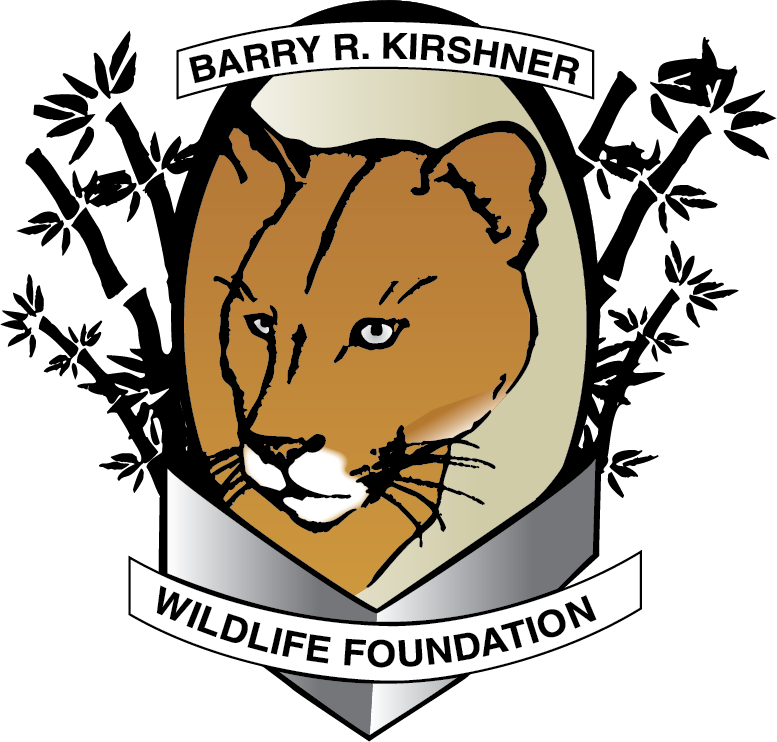Nina – White-Nosed Coatimundi
Nina is a female White-Nosed Coatimundi (Nasua narica), also known as Coati (kuh-wah-tee), born in April 2007. Nina injured her tail as a baby, and her breeder was unable to place her. Nina required constant monitoring until her injury was fully healed because coatimundis are known to re-injure themselves. Nina and her companion, Bernie Mundi, have joined our educational program as ambassadors of their species.
There are four known species of coatimundi: South American (Nasua nasua), Brown or White-Nosed (Nasua narica), Eastern Mountain (Nasuella meridensis), and Western Mountain (Nasuella olivacea). A coatimundi is often confused with a raccoon because of the rings on its tail or an anteater because of its long slender nose. While Nina and Bernie Mundi are not raccoons, they are from the same family, Procyonidae. Coatimundis have the same foot structure as raccoons, with bare soles, and powerful long front claws. They also walk on the soles of their feet like humans. Their coloration varies considerably, from cinnamon-buff to black, and may change as they age. As a normal coloration, white-nosed coatimundis are a grayish-brown color with a long snout that is white near the tip and white around the eyes. They have small ears, dark feet and a long, thin tail with six to seven dark bands.
Coatimundis are excellent climbers but spend most of their time on the ground foraging for food. They are omnivores and eat almost anything including insects, snails, small reptiles and mammals, fruit, vegetables and nuts. In the wild, coatimundis are awake during the day, known as diurnal, and spend their nights nesting in trees. Females are known to hunt in large groups of up to 30 individuals while males remain solitary until breeding season.
The coatimundi can be a tough animal to work with, they are more cooperative when they can trade with you rather than having things taken away. When provoked or for defense, coatimundis are known for their fierce fighting skills due to their strong jaws, sharp teeth, sharp claws, and a tough hide.
Coatimundis are found from the southwestern United States to northern Argentina. They are quite adaptable, and have moved into many habitat types, though most coatimundis live in the humid forests of Central and South America.
coatimundi Statistics:
Body Size
Weight
Gestation Period
Litter Size
Life Span
13 - 27 inches long, tail is 13 - 27 inches long
7 - 15 pounds
75 days
2 - 6 young
7 - 8 years in the wild, 15 - 16 years in captivity

